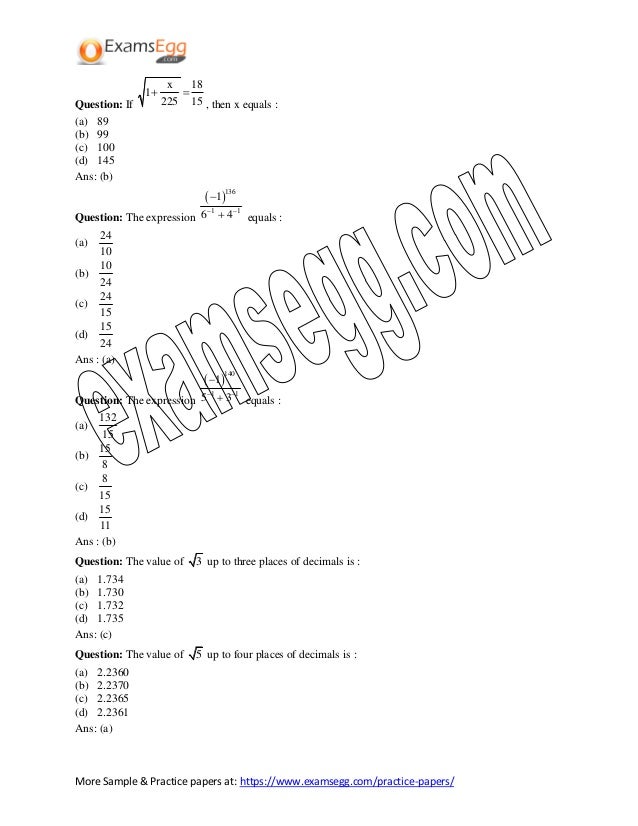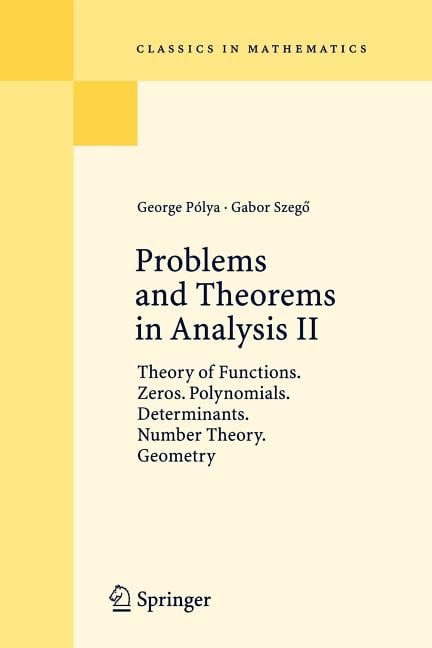


The quadratic reciprocity theorem is a theorem that tells whether a quadratic equation modulo a prime has a solution. The prime number theorem is a theorem in number theory that specifies the asymptotic frequency of prime numbers. Prime factorization algorithms are algorithms that have been devised for determining the prime factors of a given number (a process called prime factorization). The prime counting function is a function that gives the number of primes less than or equal to a given positive number. In number theory, a partition is a way of writing a whole number as a sum of positive integers in which the order of the addends is not significant.Ī perfect number is a positive integer that equals the sum of its divisors. Primes and prime factorization are especially important concepts in number theory. The Euler-Mascheroni constant is the mathematical constant defined as the limit of the difference between the nth partial sum of the harmonic series and the natural logarithm of n which has value of approximately 0.577.įermat's last theorem is a famous problem in mathematics conjectured by Pierre Fermat around 1637 but not proved until 1995 which states that any number that is a power greater than two cannot be the sum of two like powers.Ī field of mathematics sometimes called "higher arithmetic" consisting of the study of the properties of integers.

The Euclidean algorithm is an algorithm for finding the greatest common divisor of two numbers.

The divisor function of order k is the number theoretic function that gives the sum of kth powers of divisors of a given integer.Īn elliptic curve is curve defined by an irreducible cubic polynomial in two variables. (2) In the theory of continued fractions, a convergent is a partial sum of continued fraction terms.Ī Diophantine equation is an equation for which only integer solutions are allowed. (1) An analysis, convergent means tending towards some definite finite value. Such representations may be particualrly useful in number theory. To learn more about a topic listed below, click the topic name to go to theĪ congruence is an equation in modular arithmetic, i.e., one in which only the remainders relative to some base, known as the "modulus," are significant.Ī continued fraction is a real number expressed as a nested fraction.


 0 kommentar(er)
0 kommentar(er)
